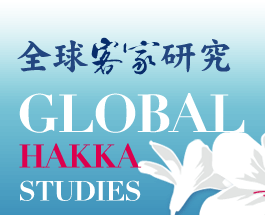|
|
| May 2014 |
 |
2 |
|
 |
| 頁數:123-164 |
| 土樓與人口的流動:清代以來閩西南僑鄉的建築變革 |
| Tulou and Population Mobility: Architectural Transformations in Southwestern Fujian since the Qing Dynasty |
|
 |
|

|
| 作者 |
鄭靜 |
| Author |
Jing Zheng |
| 關鍵詞 |
土樓、流動、社區、華僑、鄉土建築 |
| Keywords |
Tulou, Population Mobility, Community, Overseas Chinese, Vernacular Architecture |
| 摘要 |
清代以來全球化語境下的人口流動,爲中國華南地區的僑鄉建築帶來了巨大的變革,產生了如碉樓、洋樓、騎樓等等結合中西方建築體系的新的建築類型。本文試圖探討人口流動對閩西南地區土樓的影響。通過考察土樓聚落所處的地域與族群背景及持續不斷的社區重組過程,文章指出,由於生態環境與土樓建築形式的制約,清代以後土樓社區的人口流動十分頻繁。隨著區域內外經濟、政治及文化的變化,不同時期的華僑對土樓建築的多元性做出了不同的貢獻。然而,土樓的夯土結構與海外引進的混凝土結構在建築體系上是不相容的,因此,華僑在土樓社區未曾帶來類似于其他僑鄉的「折衷式」的建築變革。
|
| Abstract |
Global population mobility since the Qing Dynasty has led to enormous architectural transformations in the home villages of overseas Chinese in south China. “New "eclectic" architectural forms combining local and foreign construction systems,” such as Diaolou, Yanglou, and Qilou, emerged in these villages and led to the modernization of rural landscapes. This paper explores the interaction between population mobility and Tulou, the rammed-earth construction tradition in southwestern Fujian. It points out the relevance between the spatial layout, structural system, and property arrangement of Tulou buildings and the high frequency of population mobility in Tulou communities. Among those who travelled abroad for opportunities, some returned and contributed to the local architectural transformation. However, due to the incompatibility between Tulou's rammed-earth structures and the imported concrete techniques, the “eclectic” style did not become a major trend in Tulou communities.
|
|
|
 |
|

